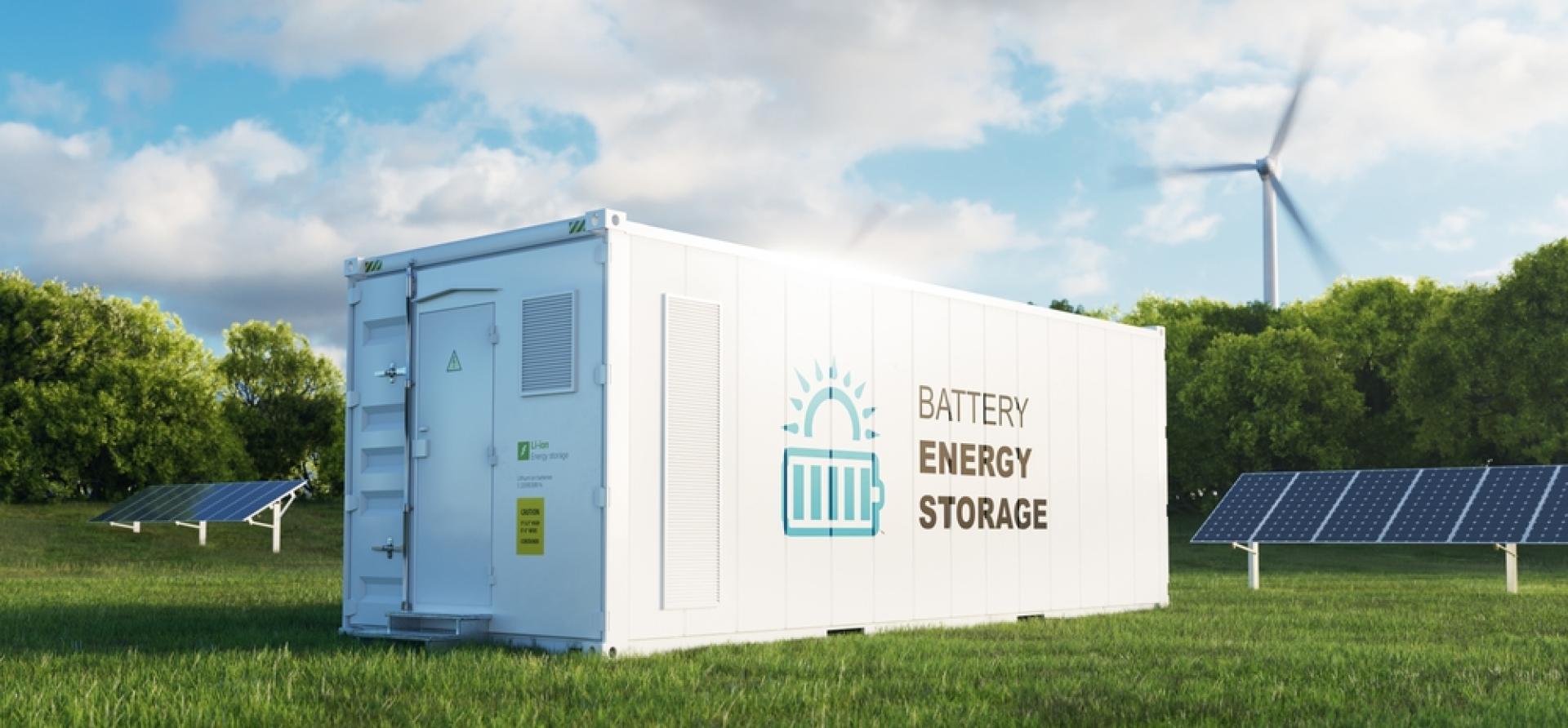Energy storage will play a critical role in India's energy transition story

Key Findings
A national framework for energy storage systems (ESS), recently published by the government, aims to support the development of ESS through policy and regulatory measures, financial incentives and performance-based incentives.
Some of the previous policies that were ratified in this framework include a legal status of the independent ESS, an Energy Storage Obligation (ESO), waiver of inter-state transmission charges and eligibility of BESS projects to participate in High Price Day Ahead power Market (HP-DAM).
The government also approved a viability gap funding of Rs37.6 billion to provide financial support of up to 40% of the capital cost of battery energy storage systems projects.
Further, streamlining taxation between renewable power and energy storage projects, introducing differential pricing mechanisms and developing a real-time power market will improve the overall economics of energy storage projects.
India’s power generation planning studies estimate that the country will need an energy storage capacity of 73.93 gigawatt (GW) by 2031-32, with storage of 411.4 gigawatt hours (GWh), to integrate planned renewable energy capacities. This includes 26.69GW/175.18GWh of pumped hydro storage plants (PSPs) and 47.24GW/236.22GWh of battery energy storage systems (BESS).
India aims to increase its renewable power generation capacity in the next 10 years, from about 177GW by mid-2023 to about 596GW by March 2032. However, to integrate such large shares of renewable energy, India would need a new power sector structure that includes demand management measures, a well-connected national grid, effective use of energy storage technologies and flexible operation of the existing fossil fuel fleet.
Energy storage technologies, with their ability to provide grid management services, could play a critical role in India’s energy transition. The government is also encouraging the growth of this sector through various policies and interventions.
Energy storage systems framework a boost for power sector
India’s national power sector planning now includes two prominent energy storage technologies – PSPs and BESS. The government recently published a framework for energy storage systems (ESS) to promote the adoption of energy storage in the power sector. The framework aims to support the development of ESS through policy and regulatory measures, financial incentives and performance-based incentives.
Some of the notable previous policies that were ratified in this framework include a legal status of the independent ESS, an Energy Storage Obligation (ESO) on obligated entities, such as distribution utilities, waiver of inter-state transmission system charges and eligibility of BESS projects to participate in High Price Day Ahead power Market (HP-DAM). Together, these policies can accelerate the deployment of ESS. For example, the legal status of independent ESS projects in the power system will enable the deployment of independent ESS projects to provide energy storage-as-a-service.
The ESO specified a minimum percentage of electricity consumption within a distribution utilities area to be procured from renewable energy through ESS. The gradual increase of ESO will facilitate the deployment of ESS in a timely fashion as costs decline. Also, the eligibility of ESS projects to participate in HP-DAM will allow these projects to engage in energy arbitrage activities, which would help, particularly BESS projects, to gain economic viability.
This month, the government also approved a viability gap funding of Rs37.6 billion to provide financial support of up to 40% of the capital cost of BESS projects, amounting to 4,000 megawatt hour. Through this support mechanism, the government aims to reduce the levelized cost of storage.
Streamlining taxation and differential pricing can accelerate energy storage deployment
The government needs to streamline taxation on energy storage projects. Currently, there are some discrepancies – for instance, a GST of 18-28% is levied on PSP project components while a GST of 12% is levied on wind and solar project components.
State regulatory commissions have to notify the peak and off-peak tariffs or differential pricing mechanisms for PSPs following the guidelines issued by the union government for the development of PSPs. This will improve the economic viability of PSPs and help in deployment.
Finally, developing real-time markets will allow storage projects, especially BESS, to provide multiple ancillary services to the grid, improving the overall project economics.
This article was first published in EPR Magazine.















